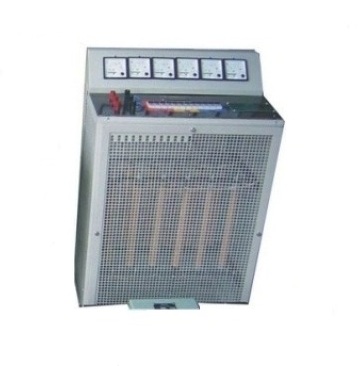
Here is what you should know about load banks?
What are load banks?
Load banks are those devices which make an electrical load and apply that load to an electrical power source. This source will convert or dissipate the resultant power output of the source.
These different electrical lab testing equipment, you can either install them at any laboratory or facility as they can be connected to a power source. Also, these products are the best way to duplicate, prove and verify the demands in the real life on the critical power systems.
Load banks are of different types actually. They are resistive, reactive and sometimes a mixture of both. Thus, let’s talk about these a little more.
The most common type is a resistive load bank. It proves that there is equivalent load of both generator and prime mover. It takes out the energy from the whole system. This influences all the aspects of a generating system.
The load of the resistive bank is created by converting the electrical energy to heat using the instruments like power resistors. Also, the heat which is slowly dissipating, that is being done either by air, or by water or by other forced methods.
These can be further divided into DC portable, AC small portable, AC large portable trailer mounter, AC stationary, AC medium/high voltage, AC radiator cooled, and others. You also have reactive one, which have the lagging power factor and capacitive loads.
You also have the electronic types which tend to be completely programmable. These are air or water cooled designs which are used to simulate the solid state load. Also, to provide the constant power and the current loading on various circuits for precise testing of them.